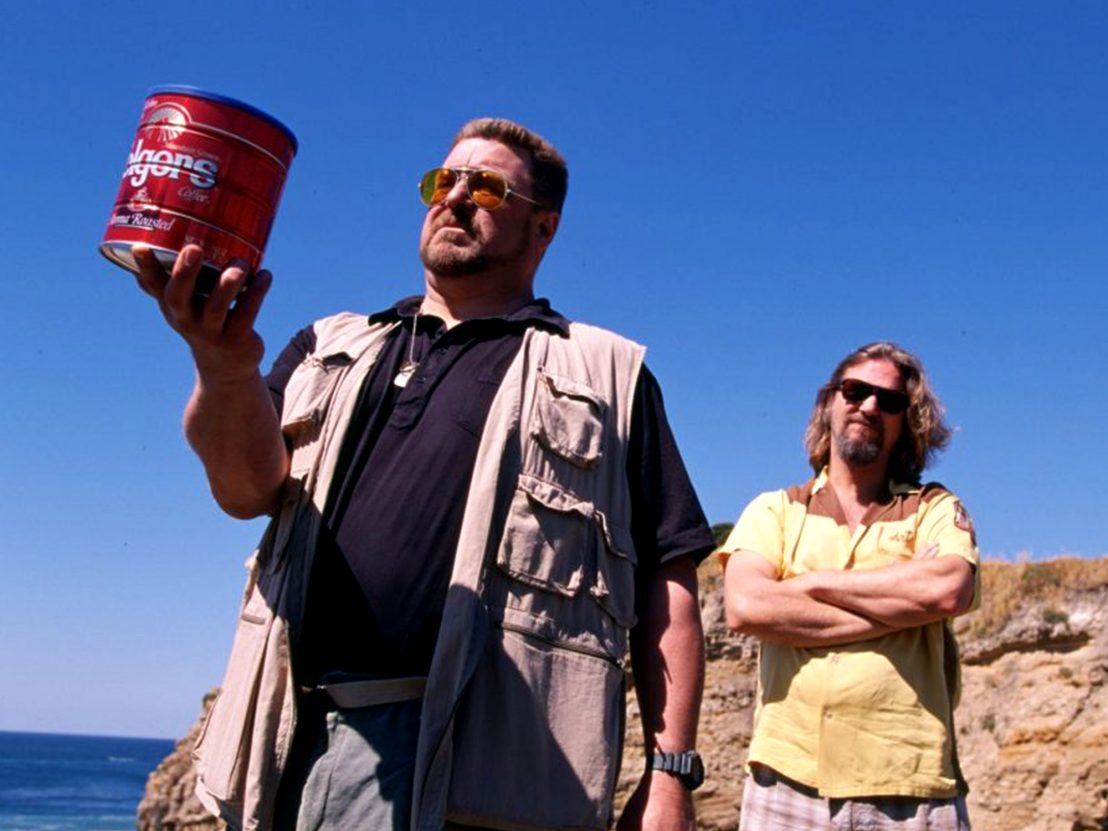
Actor and director John Turturro was asked recently about his decision to appear in the Transformers films. Prior to 2007, he was associated more with independent film, the occasional Adam Sandler comedy representing his own tangible link with mainstream cinema. Yet in 2017 Turturro will make his fourth appearance as bumbling government agent Seymour Simmons, author of such classic lines as “I am directly below the enemy’s scrotum.”
He spoke further about his involvement in the Transformers franchise at the Montclair Film Festival. “I never used to do these big, giant films because there used to be medium-sized films,” he explained. “But now there are no medium-sized films. There are small films or giant films. Thank god for television.” A quick scan of the current cinematic landscape ratifies those comments – superhero juggernauts swallow up the multiplexes, while micro-budgeted dramas remain the preserve of smaller, art house cinemas. It may be hard to define, but an entire strand of filmmaking has all but disappeared over the last decade or so.
So, what exactly is a ‘medium-sized’ film? Roughly speaking the term covers films made on a budget of $2m and $80m. But production and marketing costs aren’t the only thing we need to take into account; it’s also about the type of films being made. Directors like John Waters and David Lynch haven’t had a new film released in cinemas for well over a decade, around the same time as Francis Ford Coppola and Brian De Palma’s last widely-released features. Meanwhile many talented character actors are turning to television, with Turturro himself winning plaudits for his lead turn in HBO’s The Night Of.
There was a time when the conventional wisdom was that the profits from Hollywood’s biggest blockbusters would trickle down to smaller films. Through one massive recession and a seismic shift in the home video market, that model changed. Now, if it isn’t cheap to make and there is no franchise potential or awards prospects, chances are it won’t get made at all. The upshot is that many stories deemed ‘risky’, typically those with mature themes or lesser-known talent attached, are dismissed out of hand. These films require more than a micro-budget, but promise only a modest return.
This type of film was commonplace 20 years ago, when the likes of LA Confidential, Donnie Brasco, Boogie Nights, As Good as It Gets and The Big Lebowski could hold their own against the James Bonds and Jurassic Parks of the film world. Could any of those films be made now, or at least be given the same resources they were back then? And how many modern classics might we be denied in the future?
At one time it would have been inconceivable to think that a collaboration between Robert De Niro, Al Pacino and Martin Scorsese could be found anywhere but a cinema, and yet The Irishman was sold by Paramount to Netflix, after Scorsese’s Silence failed to make a dent at the domestic box office. In the ever-changing game of movie economics, it seems that even the most celebrated luminaries are only as good as their last hit.
There are signs of hope, though. Working within the already established confines of a hugely popular blockbuster universe, James Mangold’s Logan broke a lot of rules, telling its own story without trying to appeal to every audience demographic. Similarly, The Nice Guys, Gone Girl and others have quietly turned a profit in recent years. Get Out proved Jordan Peele’s potential to fit complex themes into a crowd-pleasing format, while high-profile directors like Quentin Tarantino and Paul Thomas Anderson continue to carve out their own distinct niches, all while staying true to their celluloid roots.
The major studios may argue that audiences tend to go with what’s familiar, and this is backed up by the fact that only three of the top 20 highest grossing films of 2016 year were based on original stories. But while mega-budget movies sit – and maybe always will – at the top of the cinematic food chain, the variety that ‘medium-sized’ films offer could keep the moviegoing experience from becoming stale. In an industry where bigger usually means better, the medium-sized movie may be the secret to cinema’s long-term future.
Published 14 May 2017

By David Lyons
The Hollywood hype machine is bigger than ever, but why are studios so keen to give away key plot details?

Twelve writers pin their colours to the tentpole in our survey of the best summer movies of the modern era.

We all love to unpick the mysteries of our favourite films and shows, but has the phenomenon gone too far?